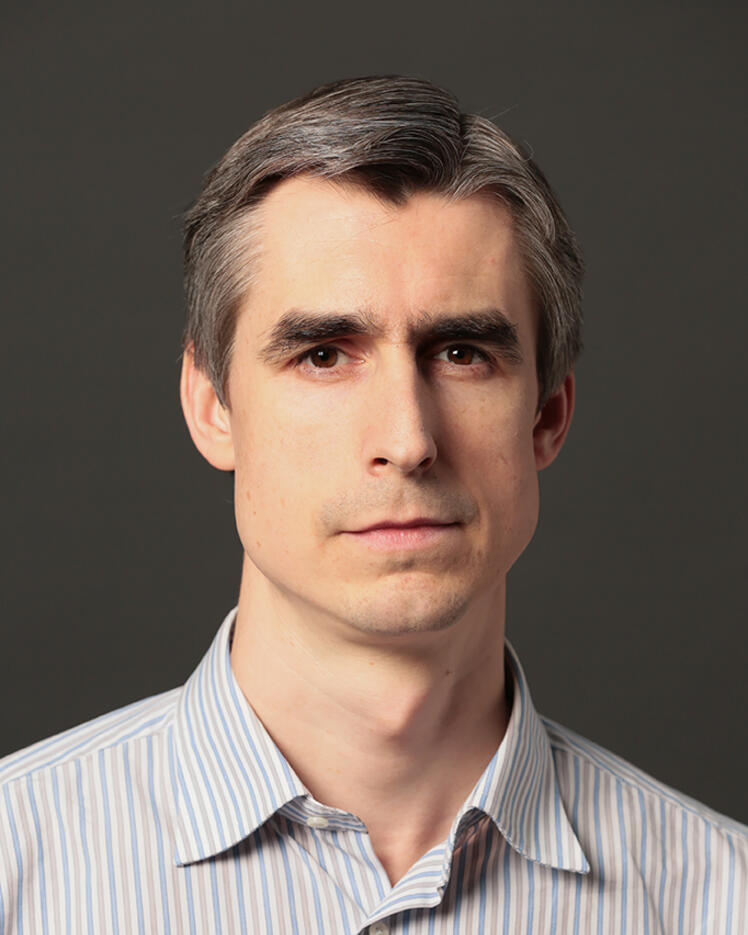
Eilif Benjamin Muller
Biography
Eilif B. Muller is a neuroscientist and AI researcher who uses computational and mathematical approaches to study the biological and algorithmic mechanisms of learning in the mammalian neocortex. Muller obtained his BSc in mathematical physics (2001) from Simon Fraser University, and his MSc (2003) and PhD (2007) in physics, with a focus on computational neuroscience, from the Ruprecht Karl University of Heidelberg, Germany’s oldest university. His postdoctoral work (2007–2010) with Wulfram Gerstner at the Laboratory for Computational Neuroscience of the École Polytechnique Fédérale de Lausanne (EPFL) in Switzerland, focused on network dynamics, simulation technology and plasticity.
From 2011 to 2019, he led the research team at the Institute’s Blue Brain Project, which pioneered in-silico neuroscience, a new era of data-driven brain tissue simulation. In 2015, Muller and his colleagues published their landmark team-science study “Reconstruction and Simulation of Neocortical Microcircuitry” in Cell. According to Christof Koch, President and CSO of the Allen Institute for Brain Science, this new approach represents “the most complete simulation of a piece of excitable brain matter to date.” This work also enabled Muller and his team to make significant contributions to our understanding of the structure, dynamics and plasticity of the neocortex, resulting in publications in top journals, such as Nature Neuroscience, Nature Communications and Cerebral Cortex.
In 2019, Muller moved to Montréal, attracted by the thriving Neuro-AI research community. He initially served as a senior researcher at Element AI, prior to being appointed to the Université de Montréal and Centre Hospitalier Universitaire (CHU) Sainte-Justine to launch the Architectures of Biological Learning Lab.


